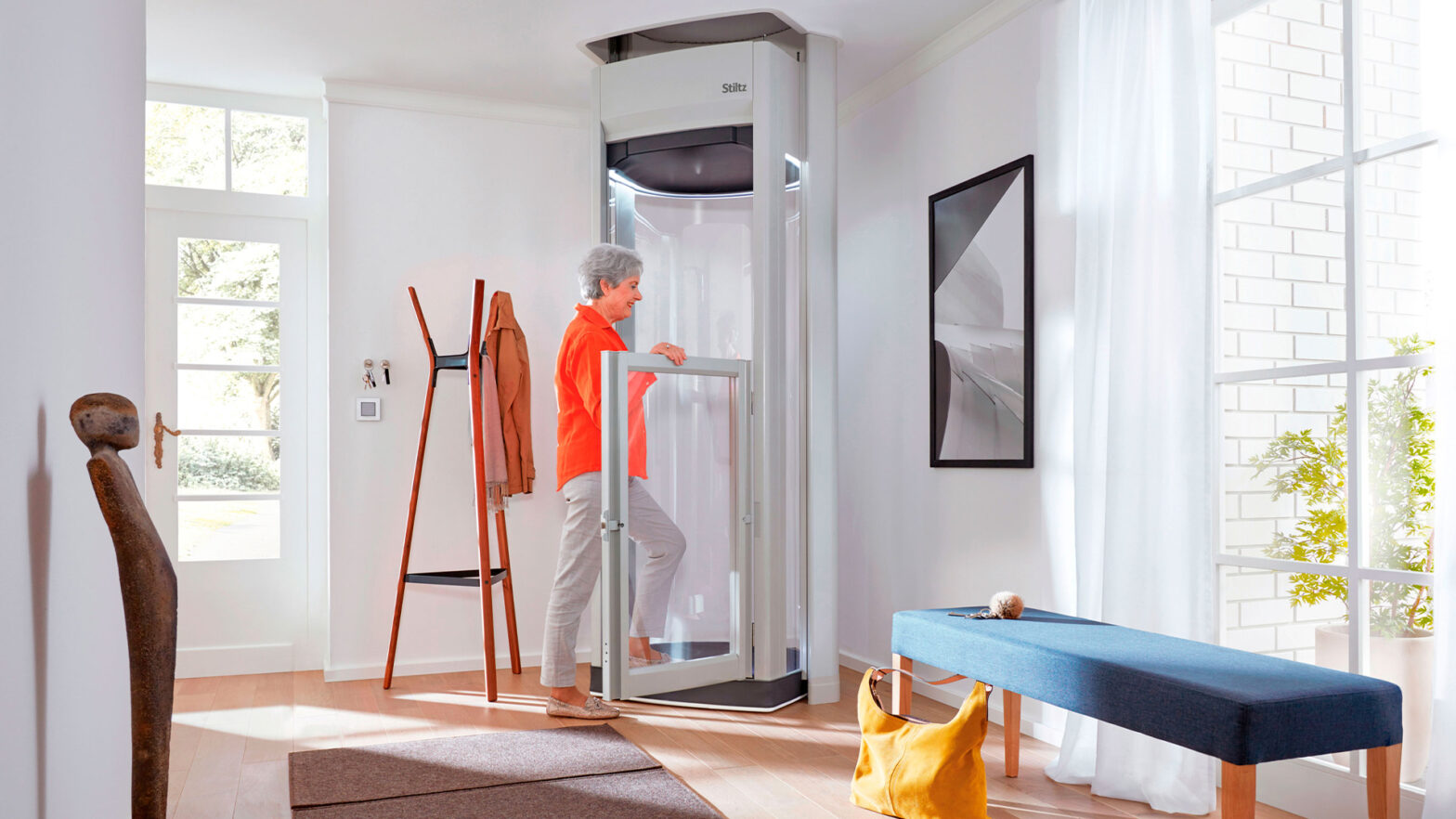Start Smart: Essential Cost-Saving Hacks for Your Restaurant’s First Year
Opening a restaurant requires substantial capital investment, yet the industry’s notoriously thin profit margins leave little room for financial missteps. Successful restaurateurs understand that Fry-oil Cost Savings – check free programs and other strategic cost-cutting measures can make the difference between thriving and merely surviving during that critical first year.
The most effective operators implement comprehensive cost-control systems from day one, addressing everything from food costs to utility management.
Continue reading to discover proven strategies that can significantly improve your new restaurant’s financial health without compromising quality or guest experience.
Strategic Inventory Management
Effective inventory management is crucial for restaurant profitability, as poor practices can result in excessive waste and financial difficulties. Modern techniques help optimise stock levels, reduce losses, and improve economic stability.
- Implement a Digital Inventory System – Using a system that integrates with your POS allows real-time tracking of usage patterns, theft, and waste. Catching even a slight variance weekly instead of monthly can save thousands over the course of a year.
- Establish Proper Par Levels – Start conservatively by ordering 80% of projected needs for non-perishables and scheduling multiple smaller deliveries for perishables. This prevents overstocking, reduces waste, and keeps capital available for other expenses.
- Leverage Strategic Vendor Relationships – Partnering with vendors that offer emergency deliveries ensures stock availability without excessive inventory investment. A lean supply strategy helps prevent cash flow bottlenecks.
- Optimise Ingredient Cross-Utilisation – Design menus with versatile ingredients that appear in multiple dishes to maximise ingredient utilisation. Such an approach also reduces SKU count, improves ingredient turnover, and minimises waste while maintaining variety.
Energy and Utility Optimisation
Restaurants rank among the most energy-intensive commercial spaces, consuming approximately 5-7 times more energy per square foot than other commercial buildings, according to Energy Star.
Optimised Equipment Scheduling
A well-planned equipment schedule lays the foundation for effective energy management. Instead of turning on all appliances at opening and shutting them down at closing, stagger startup times based on actual need and preheat requirements. Doing so can cut daily energy consumption by 10-15%.
For high-energy equipment like fryers and ovens, programmable timers offer a simple and affordable way to automate startup and shutdown, preventing unnecessary energy waste.
Water Conservation Measures
Reducing water usage throughout restaurant operations leads to significant savings over time.
Upgrading an outdated pre-rinse spray valve to a high-efficiency, DOE-compliant model can significantly reduce water consumption in a commercial kitchen. According to the U.S. Environmental Protection Agency (EPA), this change can save over 7,000 gallons of water annually, an amount sufficient to clean approximately 4,800 racks of dishes.
Installing faucet aerators and toilet retrofits in restrooms maintains a positive guest experience while reducing water costs. Regular leak inspections further prevent waste, with combined efforts reducing water bills by 15-20%.
HVAC Optimisation for Utility Savings
Heating and cooling expenses often go unnoticed but can significantly impact operating costs. Smart thermostats programmed for different zones and times prevent the common waste of maintaining guest-comfortable temperatures in unoccupied spaces. Ceiling fans strategically placed in dining areas enhance air circulation, enabling thermostat adjustments of 2-3 degrees without compromising comfort.
These small changes lead to 5-8% reductions in heating and cooling costs, making HVAC efficiency a crucial component of overall energy savings.
Labor Cost Controls
With labor often accounting for 30-35% of restaurant revenue, efficient staffing strategies deliver immediate financial benefits while maintaining high service quality.
Smart Scheduling Based on Sales Forecasting
Avoiding overstaffing is crucial for new restaurants, where the tendency to schedule extra workers “just in case” often results in unnecessary expenses. Modern scheduling software integrates with POS data to analyse sales trends by day and hour, allowing precise staff allocation.
After tracking 4-6 weeks of sales data, clear patterns emerge, enabling refined scheduling that reduces excess labor costs. Adjusting staffing levels in 15-minute increments rather than full-hour blocks further optimises efficiency.
Optimising Prep Procedures for Better Labor Use
Refining kitchen prep routines minimises wasted time and improves efficiency. Standardised recipe preparation with documented processes ensures consistency, reducing labor hours lost to inefficiencies.
Consolidating prep tasks into defined shifts—rather than spreading them throughout the day—eliminates the need for repeated setup and cleanup, making operations more streamlined.
Menu Engineering for Profitability
Strategic menu design has a direct impact on food costs, kitchen efficiency, and profitability, without negatively affecting customer perception of value. Optimising pricing, portioning, and seasonal adjustments can significantly improve financial performance.
- Regular Contribution Margin Analysis – Identify which menu items generate the most profit, rather than just focusing on food cost percentage. Calculate contribution margin (selling price minus food cost) and rank items from highest to lowest. This often reveals that higher food-cost percentage items can still drive greater overall profit. With this data, adjustments in pricing, portion sizes, and menu placement can maximise revenue.
- Psychological Pricing Strategies – Small pricing adjustments can subtly influence purchasing behavior while maintaining guest satisfaction. Techniques such as price anchoring—placing premium-priced items alongside standard offerings—can make mid-tier selections more appealing.
- Seasonal Menu Adaptation – Incorporating seasonal flexibility into your menu provides cost-saving opportunities while keeping offerings fresh and engaging. Adjusting your core menu based on ingredient cost fluctuations ensures lower expenses while maintaining quality. Also, limited-time offerings help create excitement and encourage repeat visits, while leveraging seasonal ingredients improves both customer appeal and operational efficiency.
Conclusion
Navigating your restaurant’s first year requires strategic cost management across multiple operational areas while maintaining the quality and service that build customer loyalty. Implementing disciplined inventory practices, optimising energy usage, controlling labor costs efficiently, and engineering your menu for profitability will enable you to establish operational habits that support long-term financial health.
Note that successful cost management stems from systematic and consistent processes, rather than reactive cost-cutting measures. These foundational practices set the stage for profitability beyond your critical first year, creating sustainability in an industry known for challenging economics.




























